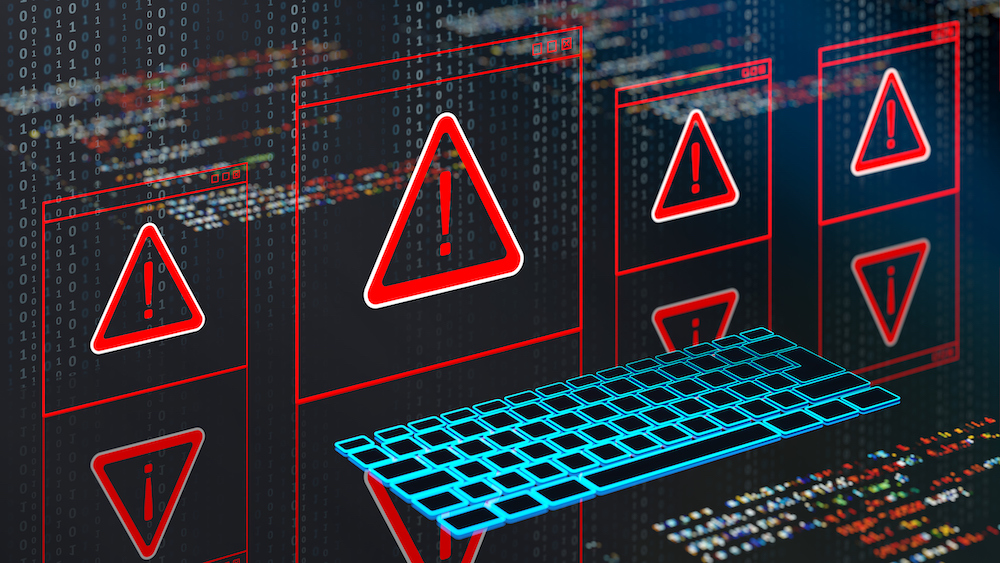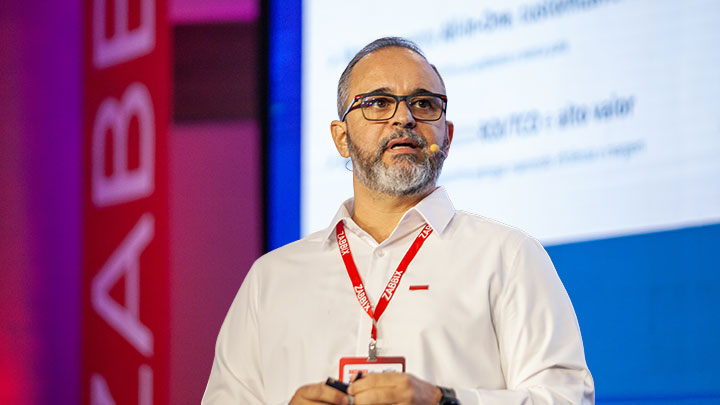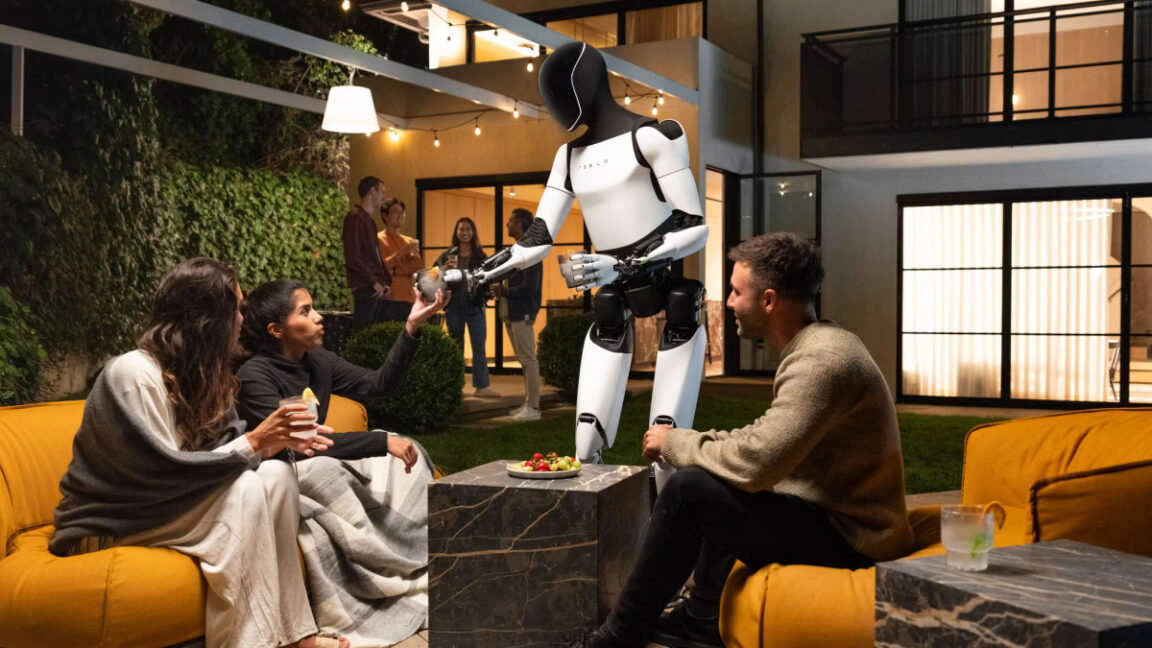Rodney Brooks, MIT professor emeritus and co-founder of iRobot and Rethink Robotics, published a technical essay urging people to keep a safe distance from full-size walking robots. He argues that a three-meter buffer is prudent and that, until a far safer two-legged design exists, humanoids won’t be certified to operate in spaces shared with humans.
Brooks highlights the physics of walking machines—their mass and the kinetic energy they generate as they balance. A fall or a limb strike could cause serious injury, making near-contact operation risky in public or work environments.
Challenging the idea that robots will learn dexterity by watching human demonstrations, he says hand-eye coordination hinges on the sense of touch. Global hype around Optimus and other humanoids is outpacing the hardware challenges that still separate software from safe physical interaction.
He notes that researchers have long shown tactile feedback is essential for dexterous manipulation, and that current approaches relying on video data lack the critical sensory input that humans rely on. The result is a mismatch between theoretical capability and real-world performance.
Brooks argues that investment should shift toward improved sensing and safer actuators rather than bigger, faster humanoids. For now, the deployment of walking robots in human zones remains constrained by safety standards, physics, and the persistent gap between hype and safe, certified operation.

















![[AS2716] Universidade Federal do Rio Grande do Sul](https://r2.isp.tools/images/asn/2716/logo/image_100px.png)
![[AS52888] UNIVERSIDADE FEDERAL DE SAO CARLOS (4 probes)](https://r2.isp.tools/images/asn/52888/logo/image_100px.png)
